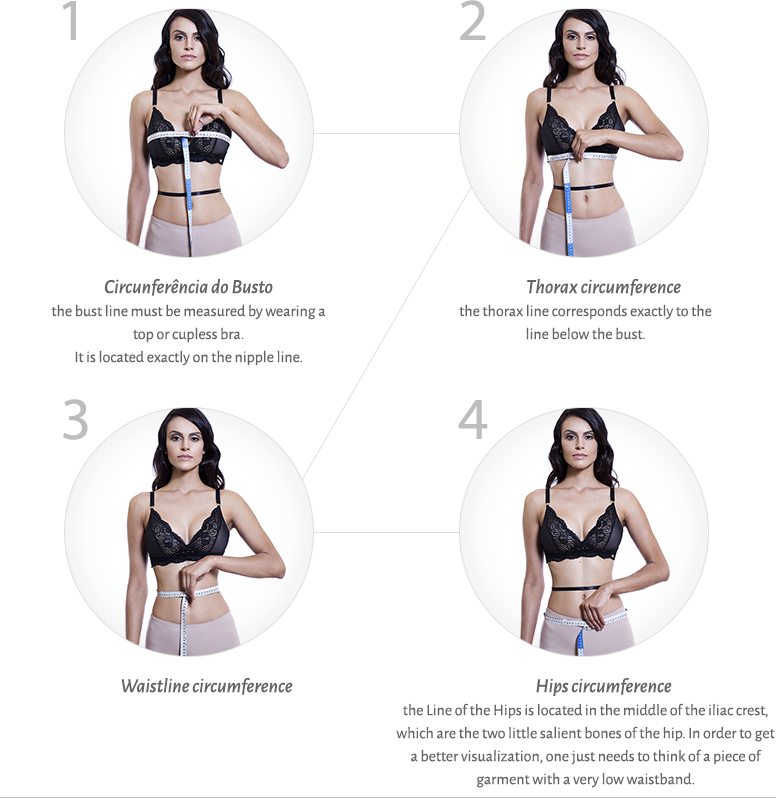Even though many civilizations of antiquity had the habit of marking the silhouette with bands or lacings, the corset evolved effectively from the XVI century on, during the Tudor dynasty, and in the Elizabethan period. The corsets’ silhouette up to the Georgian period, in the XVIII century, was conic, the pieces ended at the waist and did not cover the area of the flanks.
The hourglass silhouette was introduced in the Victorian period and remained up to 1900. In the Edwardian era the notion in the Victoria period of an extremely demure and fragile woman started to give way to a more mature and active version that demanded more mobility and a posture marked by an upright bust. The corset acquired then a flat front – and the hourglass shape was discontinued.
After 1914, the European lifestyle underwent a thorough change due to World War I. The garment’s mobility and objectivity became essential: the female silhouette took up a more natural shape. After the 1930s, the corset, as we know until then, started to disappear, giving place to less structured pieces (that we can associate more precisely with the girdles that are still available in the market).
In 1947, the Dior’s New Look revived the marked silhouette, and with it, the corset’s whole feminility. In 1980 the corset arose as a key item in the works of fashion designers such as Jean Paul Gaultier and Vivienne Westwood. Since then, this piece has always been present in the world of women’s clothing.
The materials used in the production of the corsets have also gone through the same evolution. In its very early days, many elements were used to offer the support that was deemed to be necessary at the time, such as iron, wood, ebony and even whale bones – now we only use the term “bones”.
Such materials, associated with modeling that only rarely was anatomical, originated very uncomfortable pieces. Hence the myth that wearing corset was deemed to be an ordeal and that they could never be comfortably worn.
Corsetry has evolved hand in hand with technological development and nowadays it is constituted of modern and orthopedic materials that offer safety, comfort and countless possibilities for the elaboration of its design, whose historical and aesthetical importance is matchless.













 characteristic values the breasts
characteristic values the breasts






